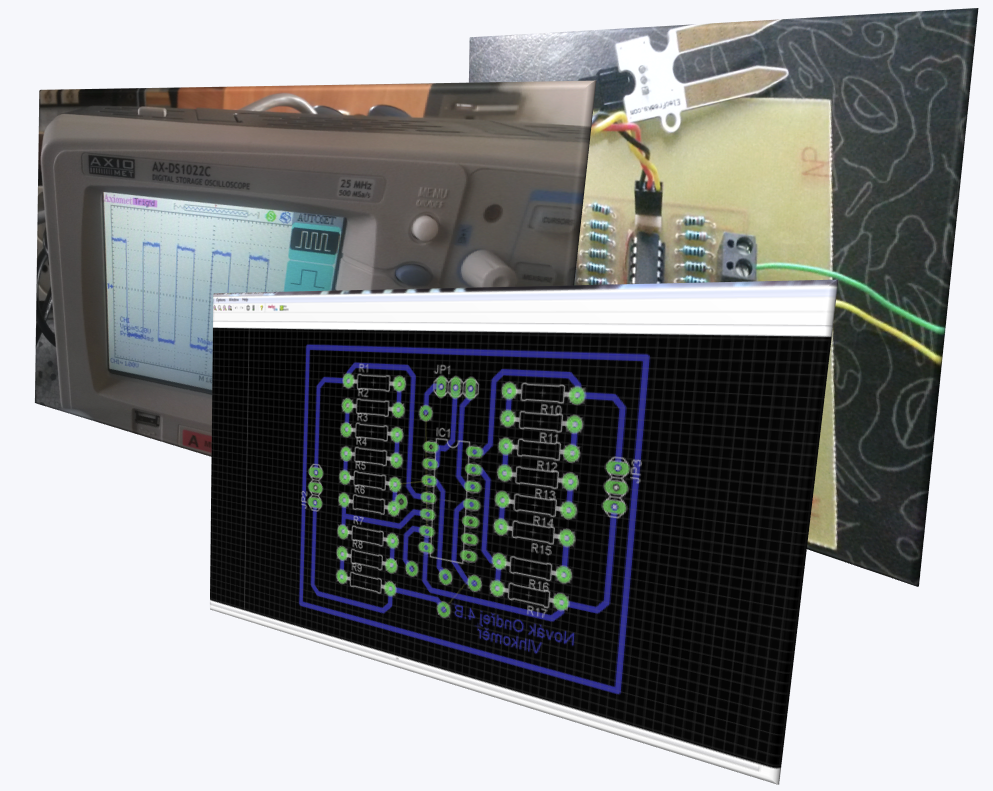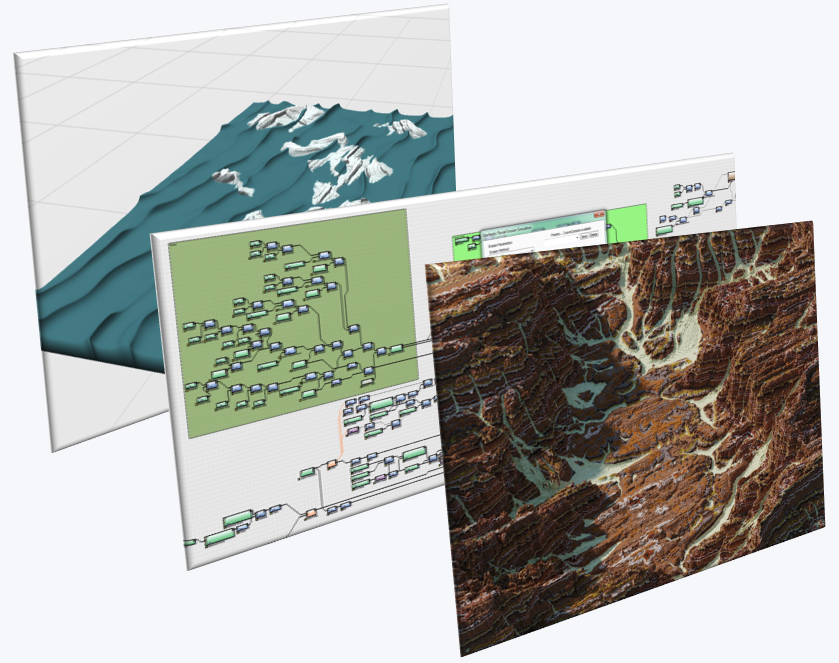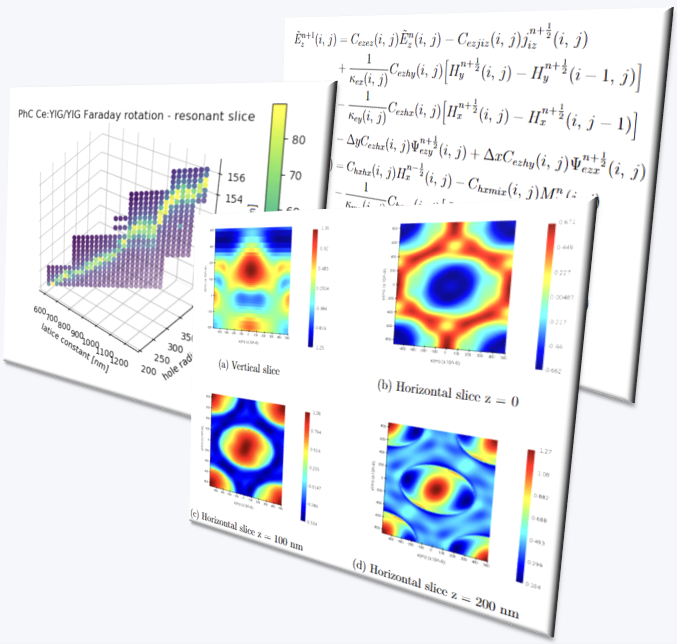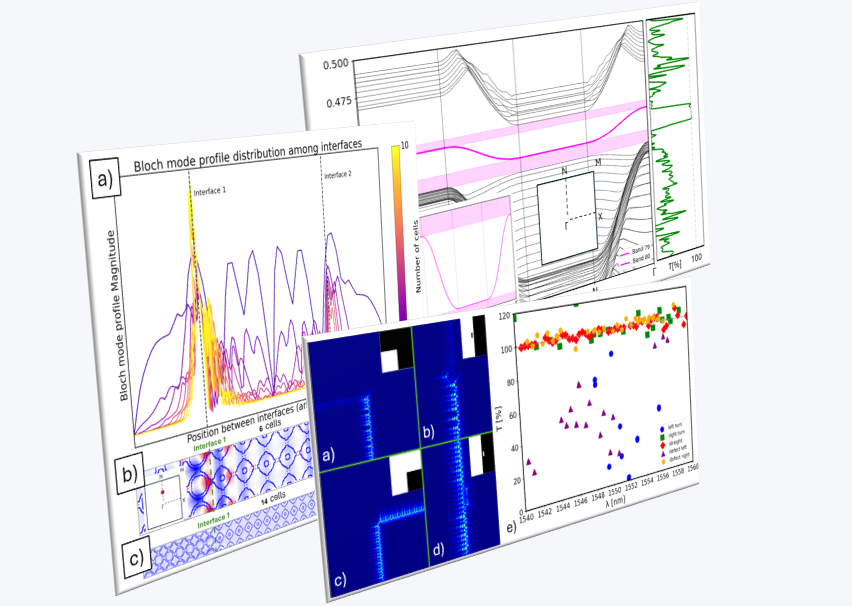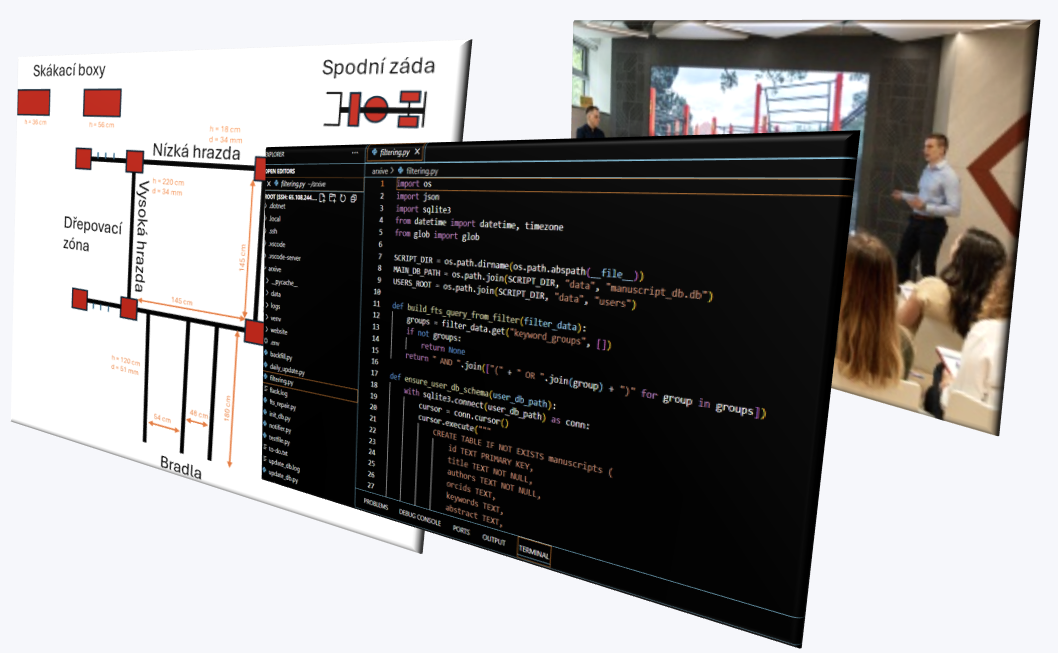A bit of context on where I come from, what I’ve built, and what I’m working on next.
My journey into science and technology began in high school, where I attended an industrial electrotechnical program focused on industrial automation, weak-current applications, circuit design, and PLC programming. Even at that stage, I was already looking for ways to apply my skills to real-world problems. I collaborated with the University of Pardubice on a project to measure heat propagation through building materials, developing a temperature monitoring system using thermocouples and Arduino. The collected data was used to solve the heat equation — my first experience in taking a problem from concept to a functioning, data-driven solution.
Alongside my studies, I ran my own small business as a freelance game map designer. I created custom game worlds for clients using professional terrain generation software such as World Machine, a tool for procedural landscape generation often used in game development and visual effects. This experience taught me how to work directly with clients, negotiate prices, define realistic project scopes, and deliver high-quality products that met expectations. Many clients returned for repeat work, reinforcing the value of reliability and clear communication in any professional setting.
I went on to study physics at the Faculty of Mathematics and Physics at Charles University in Prague. During my bachelor’s degree, I joined Meopta’s stipend program, where I rotated through various departments to gain a broad perspective on optical manufacturing and research. In the research division, I was tasked with solving a specialized computational problem requiring the Finite-Difference Time-Domain (FDTD) method. This became my bachelor thesis, for which I developed a Python-based solver. To address the method’s high computational cost, I reformulated the evolution equations into a convolutional form, enabling GPU acceleration and significantly boosting performance.
For my master’s degree, I continued focusing on numerical simulations, moving into the field of photonic crystal design. I developed a design for an exceptionally sensitive refractive index detector — one capable of improving existing sensitivity by two orders of magnitude.
Now, as a PhD candidate at Charles University, my research builds on this foundation. Our goal is to create a highly sensitive biodetector capable of detecting minute concentrations of substances in water by tuning the crystal’s geometry for maximum sensitivity at the refractive index of water. As part of my doctoral studies, I joined a cotutelle program with Universitat Autònoma de Barcelona, where I spent over seven months researching photonic topology. There, I developed and refined methods for designing topological photonic crystals and interfaces, culminating in my own original design — the central focus of my doctoral thesis.
Outside academia, I am passionate about automation and problem-solving. I’ve developed projects such as ArxiveButler, which automates literature tracking for researchers, and NajdiDomov, a real-estate alert service for Czech property seekers. I also explore community-focused initiatives, such as Měníme svět pohybem, which aims to design inclusive and cost-effective outdoor fitness spaces that accommodate all ability levels — addressing the limitations of many typical outdoor gyms.
